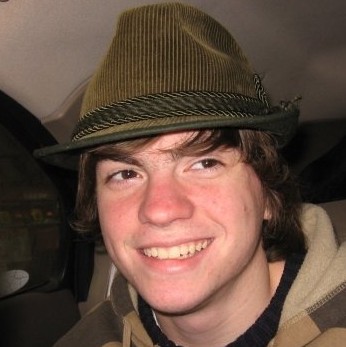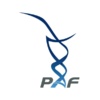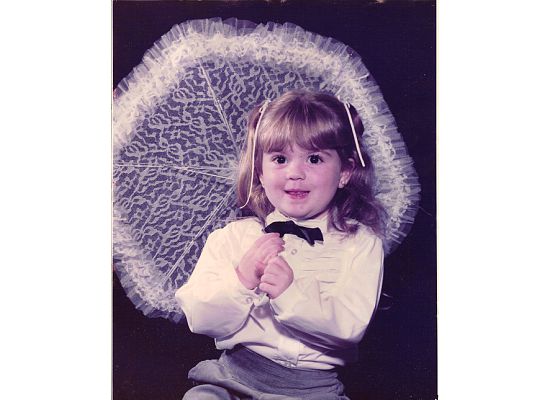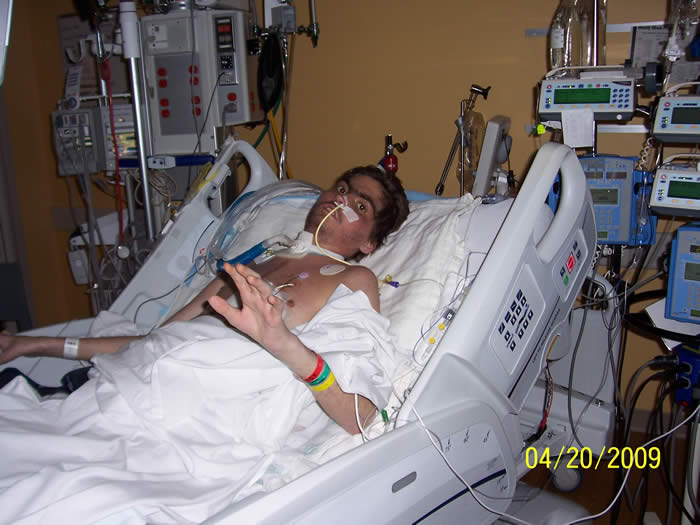| Logan L |
 When my ex-husband called to tell me our son, Logan, was being transported by helicopter to Children’s Hospital of Wisconsin in Milwaukee I was in disbelief. Logan was a normal, healthy, active 15 year old. He was a sophomore in high school, eager to get his driver’s license and training for the school tennis team. Yes, he had been sick for a couple weeks with what seemed to be an upper respiratory infection and then possibly even asthma, but when I heard he had cardiomyopathy, I couldn’t believe it. I knew all too well this was an enlarged heart. When my ex-husband called to tell me our son, Logan, was being transported by helicopter to Children’s Hospital of Wisconsin in Milwaukee I was in disbelief. Logan was a normal, healthy, active 15 year old. He was a sophomore in high school, eager to get his driver’s license and training for the school tennis team. Yes, he had been sick for a couple weeks with what seemed to be an upper respiratory infection and then possibly even asthma, but when I heard he had cardiomyopathy, I couldn’t believe it. I knew all too well this was an enlarged heart.
Two years later Latreace was born, and then three years after that we had Logan. Both were healthy and routine wellness visits to their pediatrician never indicated there was any cause for concern. This was not supposed to happen again! Why? Within the next couple weeks of April 2005 we were question by doctors trying to figure out what the connection was between Justine’s and Logan’s heart condition. We also found medical advancements had made treatment much different. Within two days, Logan was listed for a heart transplant. But his condition was deteriorating quickly and he needed to have surgery to put him on a left ventricular assist device (LVAD) to support him while he waiting for transplant. Surgery went fine, but over the next few days we realized something was wrong. Logan was in status with subclinical seizures and not waking up. He had no previous history of seizures. Now neurologists were consulted. They could not control his seizures with standard mediation techniques and as an only option decided to try putting him in a deep drug induced coma. They started sending blood, muscle, skin and spinal fluid specimens for testing to laboratories throughout the country. Our daughter, Latreace, was also tested. She was fine. Some of the initial results pointed to the direction of some type of metabolic disorder, but we were told it would take months to know exactly what we were dealing with. In the mean time, while Logan was still in a coma, genetics was called in. They recommended starting Logan on a “cocktail” of supplements that would be beneficial to someone with his suspected range of disorders. Finally after a month, something worked. Logan was awake without seizures. Now he required intense physical therapy to get his body strong enough to be re-activated for transplant. June 18, 2005 the day came. This surgery went remarkably well and a week later we received the lab results we had been waiting for: Acidemia propiônico (PA). Logan had an elevated C3 level in an acylcarnitine profile, and his urine tests showed chemicals that suggested it was PA. I had no idea what this was, but spent several weeks searching for information. Logan just didn’t seem to fit. He had never been sick as a baby or child like these other unfortunate children I was learning about. I was told Logan has a mild (início tardio) case. I felt I should be thankful, but was rather puzzled by what a “mild” case was capable of. Skin and heart muscle were sent away for enzyme analysis for propionyl CoA carboxylase that showed he has 4% enzyme activity. While his enzyme activity is low, most children that are sick as newborns have 0% activity, which is likely why he is “mild” and didn’t have any symptoms until his cardiomyopathy appeared as a teenager. Logan left the hospital a month after his transplant and with the help of tutors was able to catch up on his studies and complete high school with his class. In many ways Logan has been a normal teenager. He does have many doctor appointments with cardiology, neurology and genetics and takes many medications and supplements, but he had been doing well. He has been attending Tech school and shared an apartment with several roommates. Unfortunately, on January 30, 2009 Logan was admitted to the hospital again. He is now In the last several years our family’s DNA mutation have been tested. It was confirmed that Logan’s father and I are both carriers of PA, and our daughter Latreace is also a carrier. I am sure there are other cases like Logan’s and I often wonder if Logan’s condition could have been prevented if he was diagnosed and treated early in life. Newborn screening for propionic acidemia is now done in most states in the US, but it is unknown whether infants with mild PA will be detected and treated to prevent sudden cardiomyopathy. Special thanks to Amy White, MS, CGC for assistance in preparing Logan’s story, and thanks to the entire talented and dedicated staff at Children’s Hospital of Wisconsin, Milwaukee. Debra L Logan (19) PA
On July 20, 2009, Logan received a new heart. On August 27, 2009, Logan chose to be in a better place. His battle was long but his love for life will always persist. Logan is an inspiration to us all. |

 Our oldest daughter, Justine, also a healthy child had been diagnosed with the same condition 20 years earlier when she was six years old. At that time the doctors told us they believed a virus attacked her heart. They could find no other cause and said this sometimes happens. There was nothing they could do for her. The subject of transplant was brought up, but quickly dismissed. Medical technology didn’t make this a realistic option 20 years ago. Within seven months she died. We had no other children at the time, but we were assured this should not be a concern for any future children we may have.
Our oldest daughter, Justine, also a healthy child had been diagnosed with the same condition 20 years earlier when she was six years old. At that time the doctors told us they believed a virus attacked her heart. They could find no other cause and said this sometimes happens. There was nothing they could do for her. The subject of transplant was brought up, but quickly dismissed. Medical technology didn’t make this a realistic option 20 years ago. Within seven months she died. We had no other children at the time, but we were assured this should not be a concern for any future children we may have. dealing with severe rejection and is in need of another heart transplant and possible kidney transplant due to poor profusion. He again is being supported by a ventricular assist device (BIVAD), dialysis and a tracheotomy. He is not healthy and strong enough to be listed for re-transplant yet, but we are hoping he will be soon. Genetics continues to be consulted to determine how his metabolic disorder plays a role in his symptoms and treatments.
dealing with severe rejection and is in need of another heart transplant and possible kidney transplant due to poor profusion. He again is being supported by a ventricular assist device (BIVAD), dialysis and a tracheotomy. He is not healthy and strong enough to be listed for re-transplant yet, but we are hoping he will be soon. Genetics continues to be consulted to determine how his metabolic disorder plays a role in his symptoms and treatments.